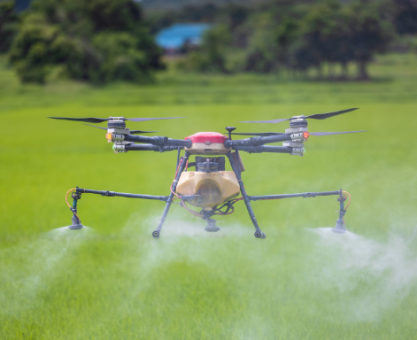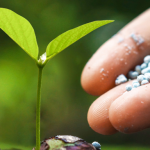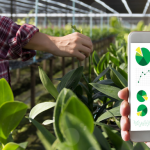Executive Summary
-
Sustainable agriculture funds are gaining traction as investors seek to align financial returns with environmental and social impact.
-
Key metrics for success include carbon footprint reduction, biodiversity gains, and measurable community outcomes.
-
Challenges remain in data standardization and in balancing short-term profitability with long-term sustainability goals.
-
Strategic insights emphasize the need for integrated technologies and collaboration with local stakeholders to enhance impact.
Introduction
As environmental concerns rise and global food systems face increasing stress, sustainable agriculture has become a prime focus for impact investing. The question is no longer why to invest, but how to measure the success of those investments. Impact investing requires more than financial metrics—it demands clear indicators of social and ecological value. This article explores how investors can assess and improve the effectiveness of their sustainable agriculture portfolios, outlining core metrics, challenges, and expert-backed strategies.
Definitions / Context
Sustainable agriculture includes farming practices that protect natural resources, support rural livelihoods, and ensure long-term productivity. Impact investing in this space channels capital into projects that aim for a triple bottom line: environmental stewardship, social benefit, and economic viability.
Success in this context is multi-dimensional—it means improving soil health, reducing emissions, supporting farmer incomes, and delivering investor returns.
Benefits / Pros
Investing in sustainable agriculture brings tangible advantages. Environmentally, it helps reduce reliance on synthetic inputs, conserves biodiversity, and lowers carbon emissions. Economically, there’s rising demand for organic and responsibly produced food, which can generate strong, resilient revenue streams. Socially, these investments often uplift rural communities, improving education, healthcare access, and local employment.
Risks / Cons / Challenges
However, the path to measurable success is not without roadblocks. The biggest challenge is the lack of unified metrics for impact measurement. Investors may struggle to evaluate outcomes across projects and regions. Another issue is time—environmental and social improvements may take years to manifest, conflicting with the shorter horizons of some investors. Regulatory inconsistencies across countries also add layers of complexity.
How to Measure Success in Sustainable Agriculture Investing
-
Define Clear Objectives
Set specific impact goals—carbon reduction, water conservation, rural job creation—aligned with the investment thesis. -
Choose Metrics That Matter
Select indicators like CO₂-equivalent reduction, crop yield improvement, biodiversity index, and farmer income growth. -
Use Technology for Tracking
Employ IoT sensors, satellite imagery, and AI-based analytics to gather accurate, real-time impact data. -
Implement Continuous Monitoring
Establish feedback loops to evaluate outcomes quarterly or annually and share findings with stakeholders.
A mid-sized agricultural cooperative in Brazil transitioned from monoculture to agroforestry, supported by an impact investing fund. Over five years, it reduced carbon emissions by 30%, boosted crop yields by 25%, and introduced three native species back into the ecosystem. As a result, investor returns increased alongside verified environmental outcomes—proving that sustainable change can be both profitable and measurable.
– AgroCoop Brazil Impact Report
Expert Tips / Strategic Insights
According to the Epiidosis strategy team, success in sustainable agriculture investing depends on three critical actions:
-
Foster Collaboration – Work with NGOs, academic institutions, and government bodies to validate and amplify impact.
-
Prioritize Innovation – Invest in precision agri-tech and blockchain-based tracking for improved transparency.
-
Maintain Long-Term Vision – True sustainability grows over seasons, not quarters.
Tools / Resources / Calculators
-
Sustainable Agriculture Toolkit – Step-by-step guidance on implementing and tracking impact-based agriculture projects.
-
Impact Measurement Dashboard – A digital platform to visualize metrics like carbon savings and social benefits.
-
Global Benchmarks – Reports and standards from the Global Impact Investing Network (GIIN) and FAO.
Conclusion
In a world increasingly shaped by climate and resource concerns, impact investing in sustainable agriculture offers a powerful opportunity. But success depends on more than intent—it requires measurable outcomes. By selecting the right metrics, leveraging technology, and committing to long-term goals, investors can unlock returns that matter, both financially and for the planet. Interested in building a portfolio aligned with global sustainability goals? Our team at Epiidosis is here to help.























